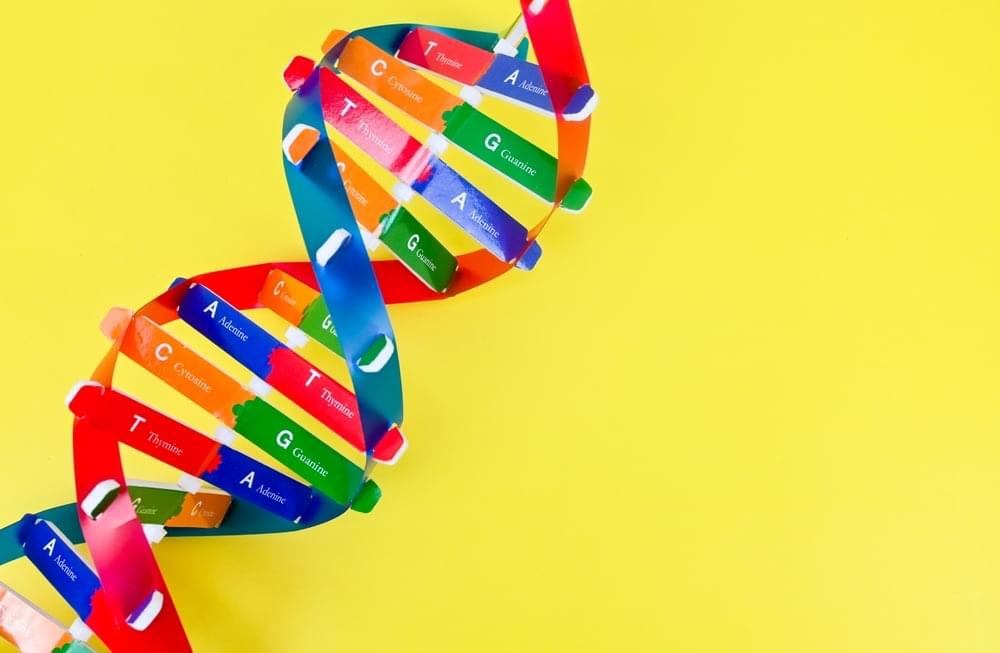However, there is currently no base editor to directly edit G or T, since deamination of G rarely causes base conversion, while T lacks amino groups, making it a challenge to overcome the limitation and develop a new class of base editors. Therefore, there is still a need to edit G or T in many cases.
HuidaGene Therapeutics, a clinical-stage genome-editing company, says the National Science Review has published data from its study of the world’s first DNA base editor converting guanine to cytosine/thymine (pyrimidine), or G-to-Y.
The company has filed an international patent application for the glycosylase-based guanine base editor (gGBE) and owns the exclusive global rights to the underlying patent.
Current widely-used DNA base editors mainly integrate programmable DNA binding proteins (Cas9, Cas12, or TALE protein variants) with base deaminases (cytidine deaminase or adenosine deaminase variants). There are mainly two types of base editors: ABE (adenine base editor) and CBE (cytosine base editor), which can realize A-to-G and C-to-T transition between bases 1–2.
